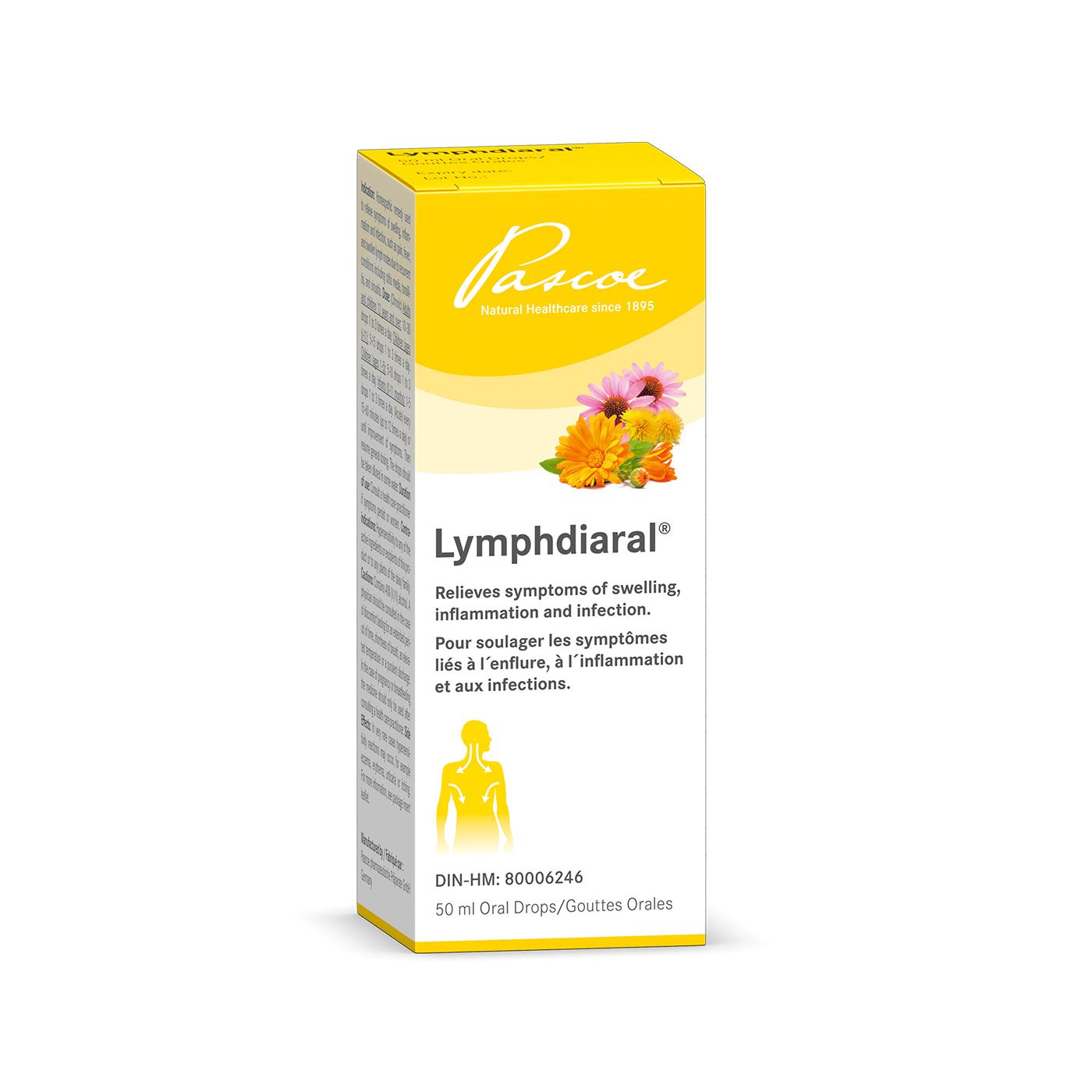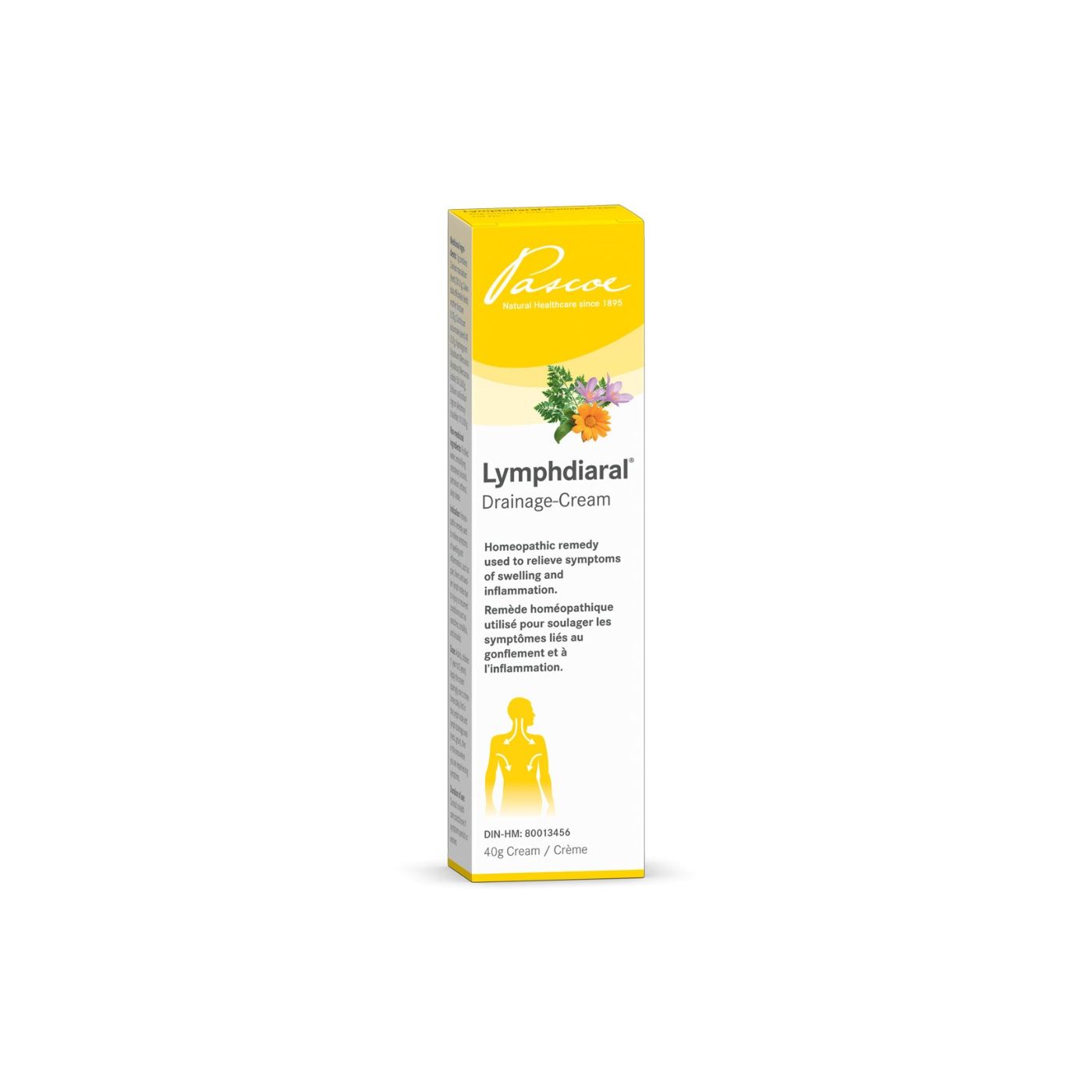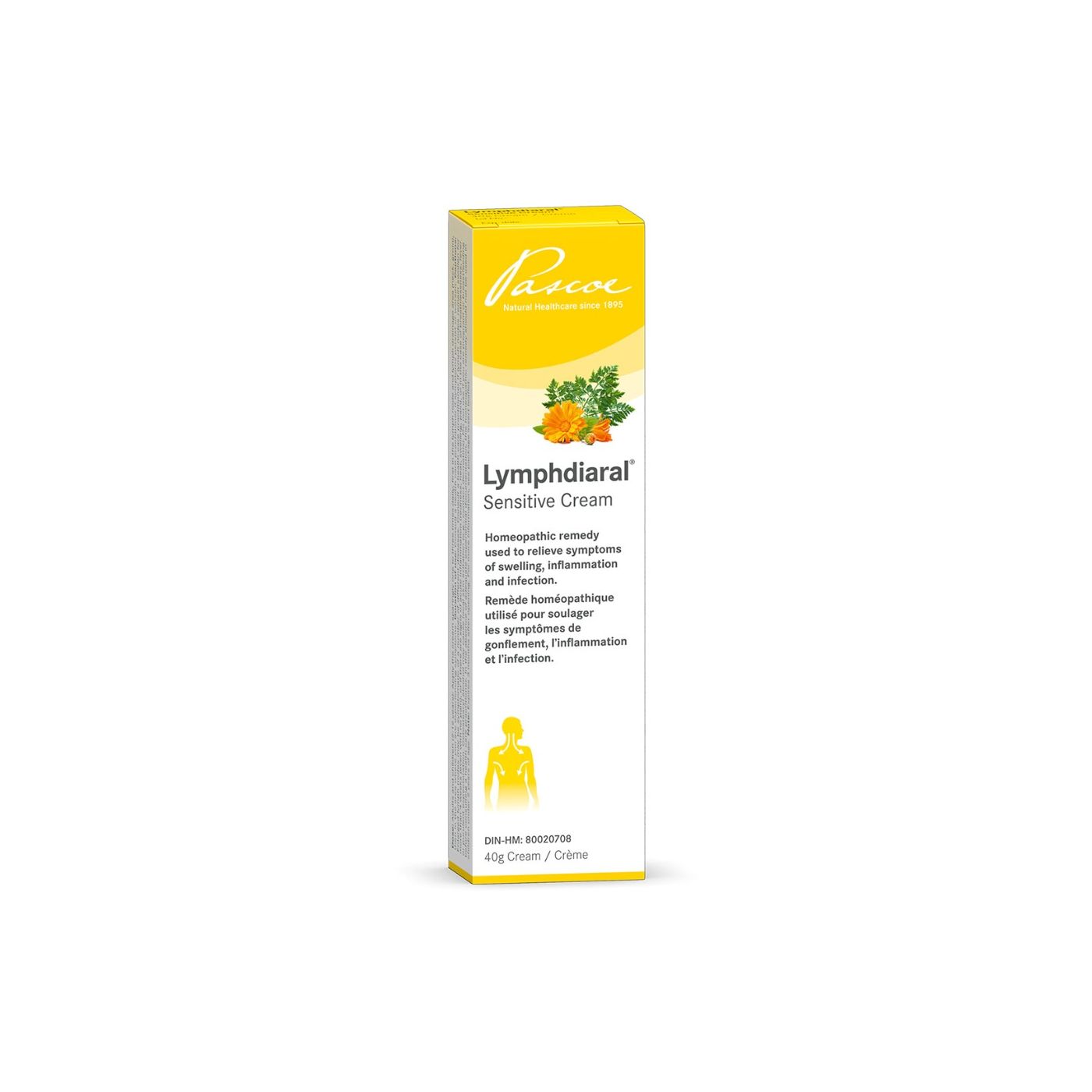Water Retention and Swelling: Edema
The medical term for water retention is edema. The causes of edema can vary. Retaining water can happen because of an organ deficiency, such as liver, kidney or heart. But swelling can happen due to an injury or inflammation, damage to tissue, lymphatic and capillary system.
Swollen feet and water retention in legs?
Something most people experience. Medical terms for these symptoms are edema, water retention in tissues. Most of the time the retention is visible as swelling, like swelling after injuries, operation, insect bites and allergic reactions. Women can testify to the water retention due to the period cycle, or in the pregnancy. And some might have asked themselves why malnourished kids have a swollen belly.
All the above are grouped as edema.The roots for the edema differ. The name of some of the variations can already hint to the cause of the edema. For example, Lymphedema, Lipo-Lymphedema, Hunger edema, Lipedema, heart- or kidney deficiency edema, or pregnancy edema to just name a few.
The treatment of an edema is specific to the cause. It is important to find the cause of the edema and make sure there are no long-term damages. In the following we discuss the different types of edemas, the symptoms, the aetiology and the treatment available in natural medicine.


Where is the water in the tissue coming from?
60% of the human body is made of water. This ratio in infants is much higher, as we age the ratio declines. This is due to the water retention ability in the tissue.The blood plasma consists of 90% of water. In the capillaries, a large amount of what is carried in the blood plasma is secreted out into the tissue so that nutrients and hormones can reach their destination and metabolic waste is carried back for filtration. Plasma is now in the tissue as a tissue fluid.The heart pumps this fluid over the venal capillaries back in the circulation.
Some particles such as bigger molecules, chemical messengers, and some protein structures will be transported through the lymphatic system out of the tissue and intercellular matrix. This part builds the lymphatic fluid, lymph.
A balanced-out exchange of tissue fluid is ideal: there is as much fluid coming out of the blood system as it gets back in the venal and the lymphatic system.
What affects fluid transport in the tissues?
A lot of factors can affect the balance of plasma and lymph flow, and in the end effect the fluid exchange in the tissue. If one of the factors is out of balance it will affect how much fluid is transported in or out of the tissues.
Some of the more important factors are:
- Proper function of organs, such as heart, liver and kidneys
- Healthy venous system
- Healthy lymphatic system
- A balanced hormonal regulation
- No inflammation or allergies
- Healthy lifestyle
Do protein play a role in water retention?
Proteins have the characteristic to bind and retain fluid. If there are a lot of proteins, there will be a lot of fluid retention. A well-balanced ratio between protein in blood and tissue affects the water retention in the interstitium, which means a correct and balanced out ratio of the amount of protein in and out of the cells.
This also explains the “Hunger Belly“ which is not a fat belly but a water belly in cases of severe malnourishment, extreme water retention leads to a swollen belly. When hungry, there is not enough protein in blood, and the protein in the tissues retains the fluid. The protein deficiency in blood prevents the fluid from flowing back in the venous system. It stays in the tissue and builds the hunger belly.
It can also happen, that although there is enough protein in the blood, there is more in the tissue, such as in injuries and inflammation. This is a normal reaction where the body is trying to send messengers in the inflamed / injured areas which cause more blood to flow through the injured tissues causing a higher tissue permeability- and causing more protein molecules to pass through to the tissue. This pillow effect is the swelling we experience when insured to isolate the injured and inflamed tissues, causing immobility of the injured part of the body and starting the repair chain reaction.
Healthy diet to reduce chronic inflammation
It’s known that even through our diet we can increase our body inflammation. Exercising and staying hydrated is important to keep our lymphatic system moving and properly draining. Usually in weight loss you can see inflammation reducing. Aerobic exercise can be great for movement!
Not staying on track with a healthy diet can lead to certain health conditions like heart failure, kidney failure, and so much more that can place the immune system in a position for trying to defend the body from the negative toxins.
Tips for swollen feet and water retention
There are certain tips which you can follow if you tend to have heavy legs at the end of the day or suffer from swelling in legs and feet.
- Try to increase your movement throughout the day– it is all about increasing the stimulation of the muscles. Do an active sitting: periodically circle the feet clockwise and counterclockwise.
- Use the Kneipp-water treatment to support the circulation: walk in water bath, warm and cold-water treatment, walk bare feet on grass
- Don’t sit over long period of time, and if possible, put the feet up
- Avoid too much heat (long hot bath, high temperatures)
- Don’t cross swollen feet over another, and don’t wear tights, socks or shoes, and pants which might prevent good circulation.
- Try compression socks
- Talk to your healthcare practitioner regarding lymphatic or venous system remedies, or natural diuretics such as Dandelion.
Disclaimer
Pascoe Canada does not offer health or medical advice as we are not a healthcare practitioner. Please speak with your healthcare practitioner before beginning any program related to nutrition, diet, exercise, fitness, medical, and/or wellness. All content published by Pascoe Canada is developed through collaborating with licensed medical professionals and contributors. This includes text, graphics, images, and other material on the website, newsletter, and products (“Content”). This content is for informational purposes only and does not constitute medical advice. The content does not substitute professional medical advice, diagnosis, or treatment. Please always do your own research on whether this is for you along with your healthcare practitioner advice. Always consult your healthcare practitioner prior to using specific herbs because you might have underlying conditions that need professional care. The content is general in nature and is subject to change. It is not intended to cover all possible uses, directions, precautions, warnings, drug interactions, allergic reactions, or adverse effects.






